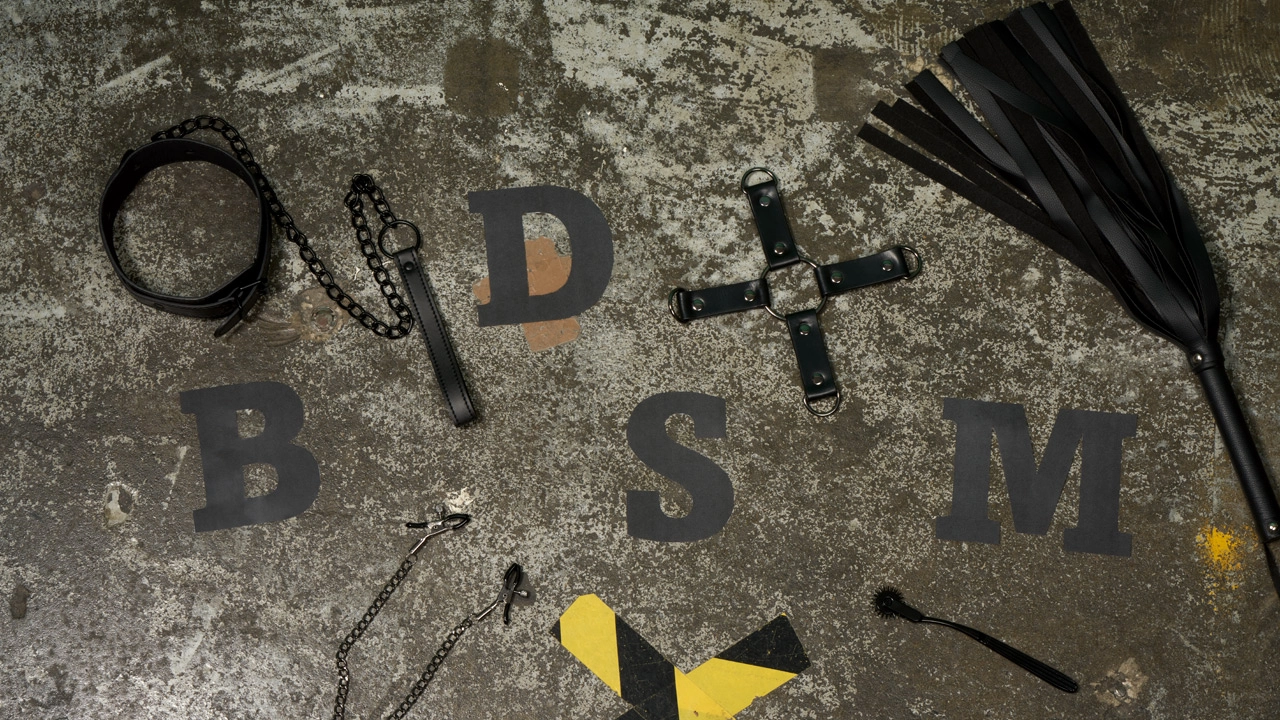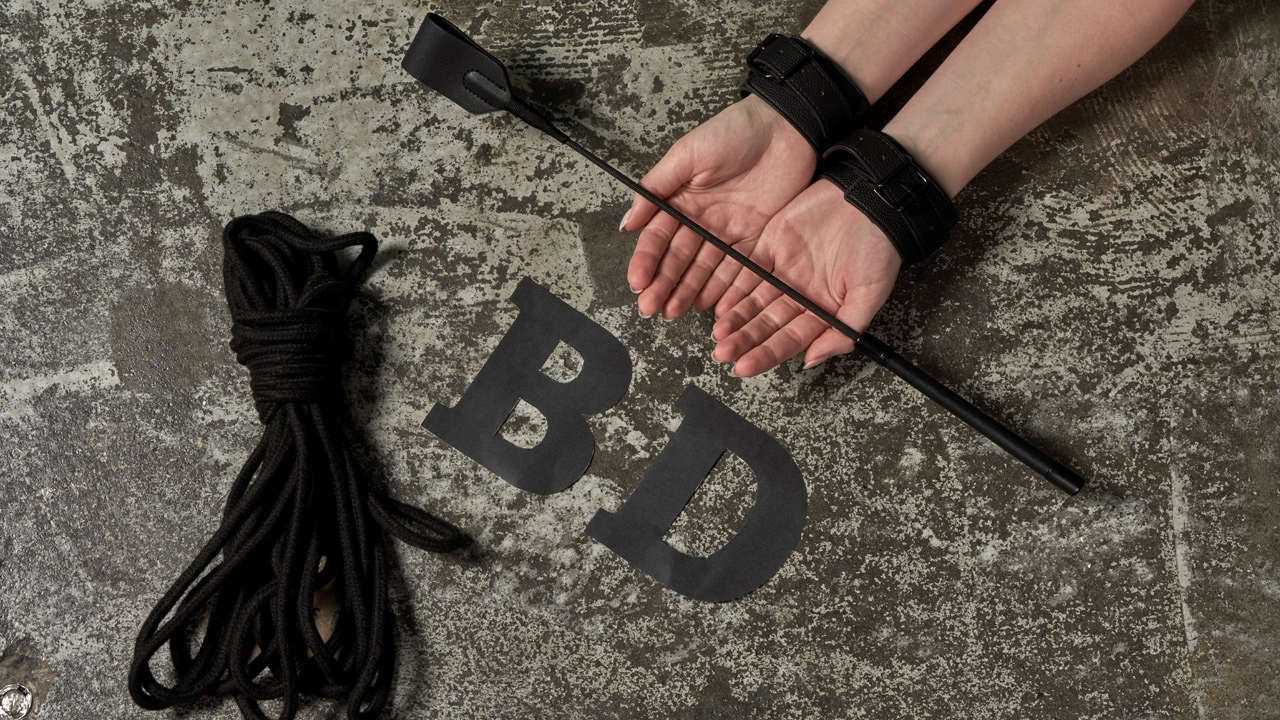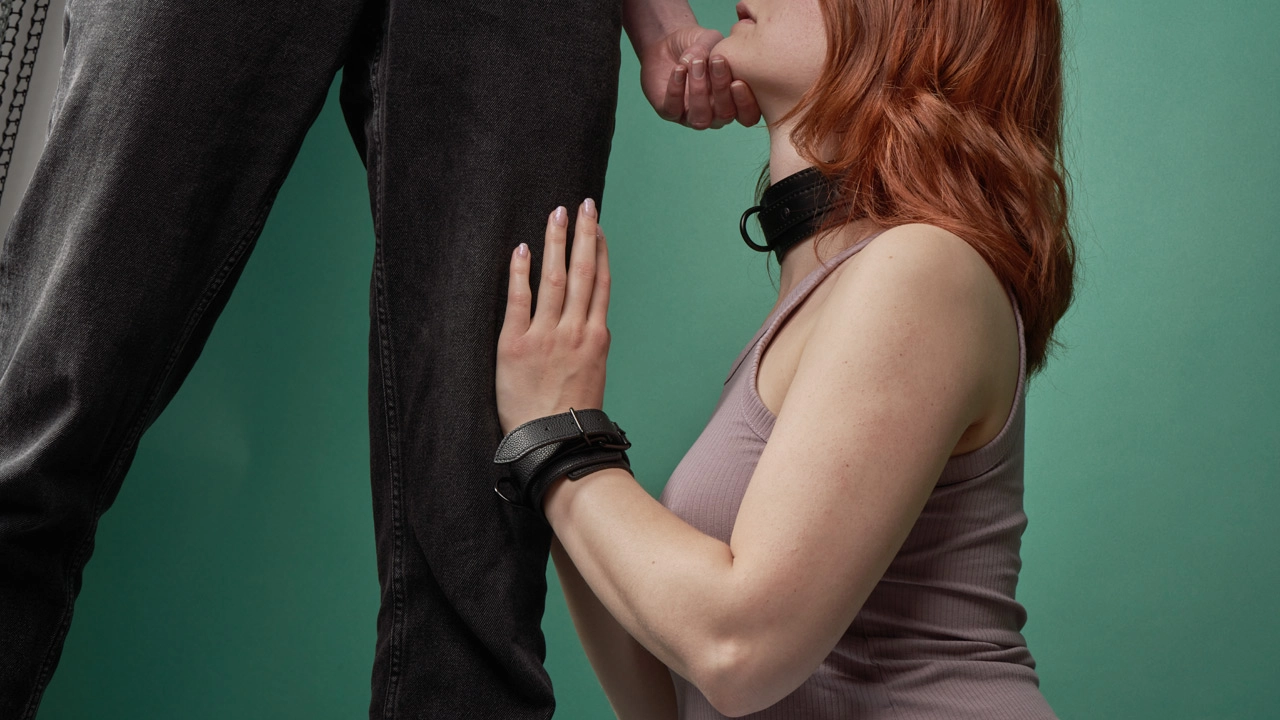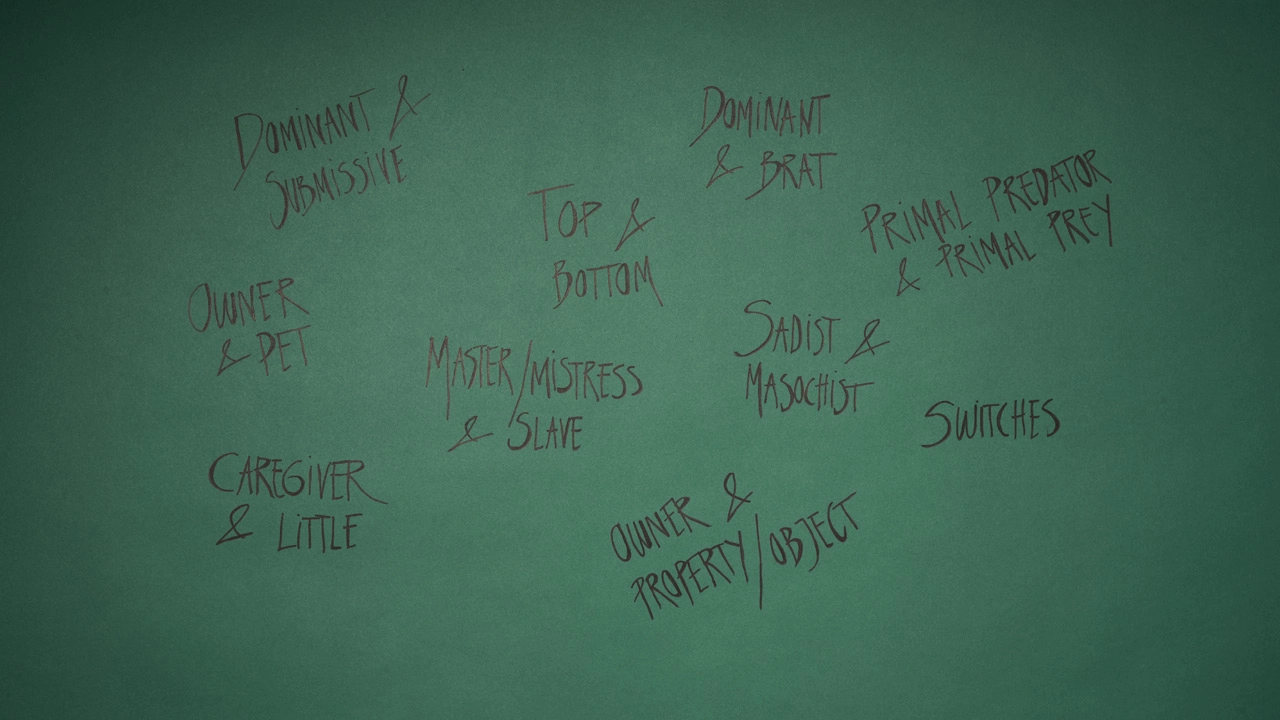
This blog post is part of a three-part series where you will get answers and insight into the alluring meaning behind each of the four letters in BDSM.
The two following parts are already waiting for you right here:
While D stands for ‘dominance’, it actually also represents ‘discipline’, and this is where we begin the second part of our series.
Discipline is often about punishment and reward. If punishment is not for you, you can easily play with discipline exclusively with positive rewards.
If playtime is to feel fair instead of unfair, the three most important points in disciplinary play are:
- Cause
- Be consistent
- Warnings
If you and your partner are more into quarrelsome, rough and unfair play, you can do that instead, of course.

The most important points when playing with discipline
As we mentioned, there are 3 important points to keep in mind for the fun to feel fair - and we’re diving into those right now.
1. Cause
It must be clear why a punishment is given.
The clarity makes it easier to avoid misunderstandings. Emphasise that it’s the action that’s wrong and not the person.
Be specific about which parts of the action trigger a punishment. It creates clarity between action and consequence.
2. Be consistent
The consequence must occur shortly after the unwanted action.
Stop and explain what was done wrong and why it should be punished. The action must not come suddenly and without warning, as it can create confusion and mistrust if the rules are constantly changing.
3. Warnings
Use warnings before a punishment is given.
If the partner is sitting on their knees and is about to get up without permission, it’s not certain they know they aren’t allowed to do so. It should be reprimanded with the warning that if it happens again, it will result in punishment.

Reward as discipline
Do you like the idea of guiding others or being guided through an experience? Then maybe you get turned on by playing with discipline.
Positive consequences can range from appreciative words to physical rewards, such as caresses, treats, or other enjoyable situations.
If you are playing with someone who enjoys being told they are doing well, praise in itself may be enough to motivate the partner to do more of what is in demand.
As a side note, it’s important to praise your partner for using stop words or setting boundaries during playtime.

Punishment and discipline
Punishment is, for many, often connected to pain but there are a lot of other ways to punish. It can be part of the play and a way to “discipline” your partner.
Examples of painless forms of punishment can be that playtime stops briefly, taking a boring 5 minute time-out, having a gagball put in so that it’s not possible to speak, or to be otherwise further restricted whenever there is disobedience.
For many, pain can be enjoyable, and it may therefore not be perceived as a punishment. It's about enjoying receiving it. It's called funishment.
Not everyone thinks a punishment should be fun to receive, as the point is that it should feel like a punishment.
Whether you enjoy punishment or want a punishment that you like or dislike, it’s important to communicate it clearly to your partner, as punishment is easy to misunderstand.
Always remember to agree in advance what punishment can be used during play. Safewords always apply, even in the middle of a sentence.

DS for Dominance and Submission
The next combination of letters is about playing with unequal distribution of power. That is, one party has more power than the other.
It can be exciting to experiment with assuming an unequal distribution of power to challenge reality.
Leading your partner through an intense experience can provide an intoxicating sense of control, responsibility and power, while being led through an experience can give violent feelings of affection, unpredictability and confidence.
It’s important to remember that you can easily play with all the other aspects of BDSM, without power becoming a part of it.
Distribution of power and surrender of control require a great deal of trust, which can take time to build.
If you omit the power part, you yourself are in control of what is being done while it’s happening. You and your partner remain equal during play and help each other have a nice experience.

Submission
The submissive party is also called the submissive.
This is a person who enjoys handing over some of the control to their partner and being guided or subdued.
It may be that the submissive enjoys the freedom of not having to make decisions or take initiative and would rather let themselves get carried away. It could also be that the idea of being available turns on the submissive.
Maybe it's about the excitement of not knowing when what's happening or how—even if it's agreed upon. Maybe it's something completely different?

Dominance
The dominant party is often the executive party. That is, the one who does things to the other person.
Therefore, the dominant party has much more control than the submissive party.
With power comes responsibility, so being the dominant party is not just a free pass to 'do what you want' towards your partner—on the contrary!

Responsibility and Safety
It’s the responsibility of the dominant party to make sure to have consent to do the things that are being done throughout playtime.
If there is any doubt about whether your partner agrees to something, you have to double check.
You can check in with your partner in all sorts of ways, and many of them can even be sexy and make the partner even more confident and affectionate.
It’s also the responsibility of the dominant party to have control over security. Therefore, never set out to do something where you haven’t looked into how to do it safely and securely.
Example of Responsibility and Safety
For example, if you want to spank your partner, it’s important you know where you can hit them without inadvertently doing harm to their body.
Therefore, you also need to know which percussion tools that can give bruises, and you also need to ensure that your partner agrees to receive bruises if you use them.
Moreover, mental security is at least as important as physical security.
If you are 'cruel' towards your partner (even if it’s agreed upon), priority must be given to taking care of them physically as well as mentally—both right afterwards and in the days after—in case of after-effects and an increased need for care. This part is called 'aftercare'.
Don't do the crime, if you can't do the time.

Things to Be Aware Of
Ropes: If you don’t know how to tie ropes, you can do permanent damage to your partner's nerve pathways.
Tip: Take a rope course, e.g. in a BDSM club, or watch online tutorials.
Blows: Before hitting your partner other than on the buttocks, familiarize yourself with where to hit without accidentally causing injury.
Tip: Pay special attention to avoiding joints, bones and organs.
Clamps: Never cut off the blood supply to the skin for too long, as it can cause permanent damage.
Tip: It’s a good idea to always give the skin a break after 10 minutes. Remember that the worst pain often comes when the clamp is removed and the blood flows back.
Choking: Experimenting with choking without knowing the technique and risk can be life threatening.
Tip: A distinction is made between 'blood choke' and 'air choke'. Take a course or do comprehensive online research.
As the dominant party, it’s your responsibility to know that what you’re exposing your partner to is safe.
But just because something is dangerous, it doesn’t mean it can’t be tried out—you just need to know what you’re doing.
At first it may seem overwhelming, but once you have learned the basics, control can become yours.
From here on out, oceans of confidence, intimacy and contrast-filled adventures await!

Titles
There are an infinite number of D/s-dynamics, so here you get a list with the most used ones.
Remember, their definition is always up to those who use these labels. There is no wrong way to use labels.
Dominant and Submissive
It’s often about control and/or power. One party controls the play, and the other party follows suit.
Top and Bottom
A dynamic that doesn’t necessarily deal with an unequal distribution of power. Here it’s more about one person leading and another person following, or one who gives and one who receives.
Sadist and Masochist
Play with pain and torment.
This type of play doesn’t have to have an unequal distribution of power. It’s your choice.
It may be that one party likes to torment and the other likes to be tormented. E.g. with pain, humiliation or stressful situations.
Master/Mistress and Slave
Here it’s even more clear that one party has the power and the other belongs to the one in power, or that one party is present for the pleasure of the other.
Dominant and Brat
The sub won’t just do what’s being told. The brat most often enjoys being opposite, providing counterplay and being thoroughly put in place.
Owner and Pet
The sub plays the role of a pet (e.g. horse, cat, dog, fox or other animal). The dominant party is responsible for the animal.
Owner and Property/Object
The sub is not necessarily a human being or has anything to say. The object could be a footstool, a toilet or a toy that is available to the owner.
Caregiver and Little
The caregiver has the adult responsibility so that their partner can avoid being an adult for periods of time.
Primal Predators and Primal Prey
One enjoys hunting down its prey, and the other enjoys the feeling of being hunted. It’s not necessary to play animals, it can also easily be 'hunter' and 'hunted'.
Switches
A dynamic where you can switch between who is dominant and who is submissive.
It can be agreed upon before playtime, or you can change it up during playtime.
At the same time, it can change which dynamic suits you best.
For example, it may vary in meeting different people, or one's relationship may change over time.

Discipline and dominance as part of the play
As I’ve mentioned before, none of these dynamics need to involve sex.
They can be a mental sanctuary.
However, they can easily involve sex. Just remember that even if one person plays little or an animal, they are still a consenting adult in reality.
As long as it’s legal and between consenting adults, it’s only the imagination that sets the limits of how you can integrate discipline and dominance into your play.